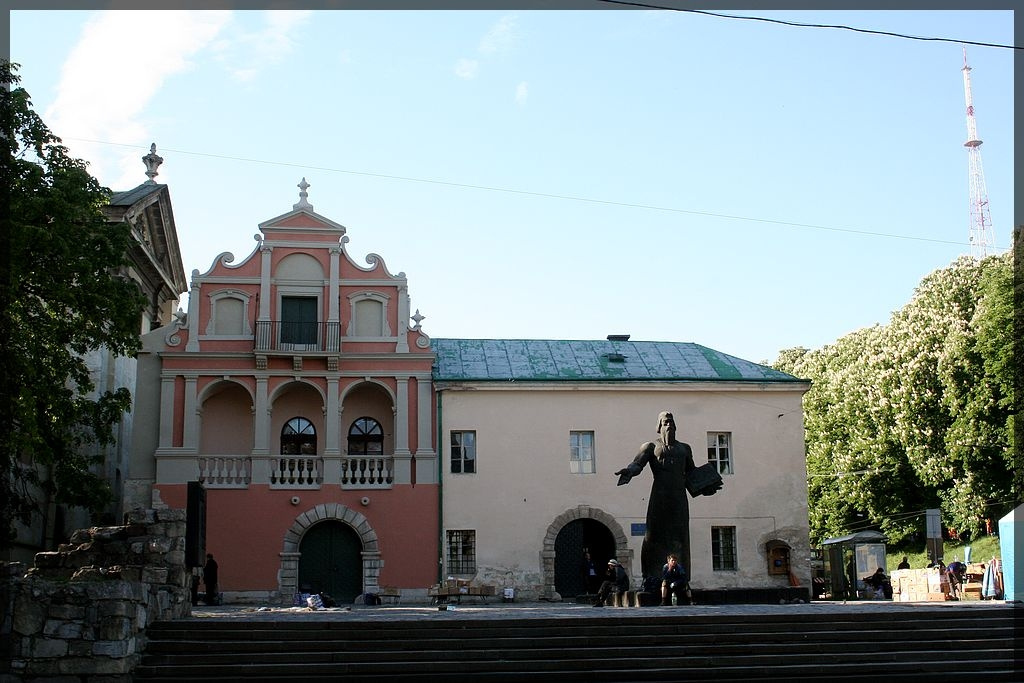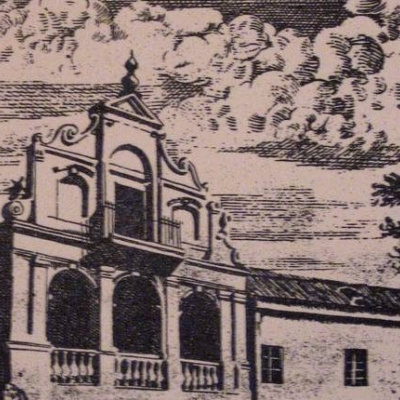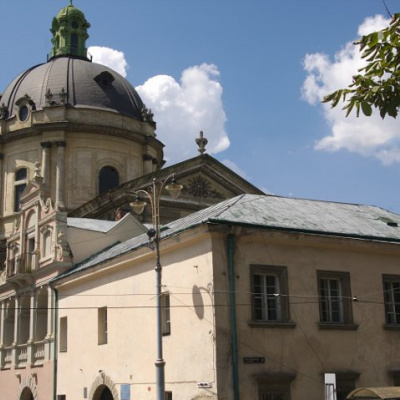Royal Arsenal
It was designed by Paweł Grodzycki in 1639-1646 on the site of the old Small Arsenal of 1575. The new arsenal got its name from the fact that King Władysław IV Vasa paid 2/3 of the cost of construction. The arsenal was used as a warehouse for weapons and fulfilled its function until 1768. The arsenal had a foundry where weapons and bells were cast. In 1927 the building was used as a state archive. In 1939, the building housed the funds of the Central State Historical Archive of Ukraine. The Royal Arsenal was attached to the High Wall and was part of the fortification system. The arsenal was a trap for those who broke into the courtyard, because every point of the courtyard was shot from the windows. The house is built of stone, rectangular with two wings connected by a wall. The facade is decorated with a loggia and a baroque pediment. The side facade has a carved stone portal in the Renaissance style.
Above the inner portal was a sculpture of Michael the Archangel striking Satan, made by Kasper Franke in 1638. In 1704 the sculpture was damaged by a Swedish cannonball. In 1821 the sculpture was knocked over by the wind, the sculpture was damaged, but was restored in 1824. In 1866, the sculpture was placed on the Hetman's ramparts, now Svobody Avenue. Hooligans broke off the wings of the archangel. It was taken away, kept in warehouses for a long time, and eventually came to the Arsenal Museum. It's a nice museum, the exhibits are quite interesting, worth a visit, especially for those who love history and everything related to it. If you're not a weapons expert, take a guide, but even without one, the museum's exposition is extremely interesting.





